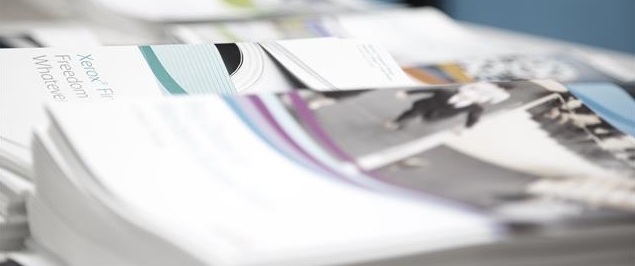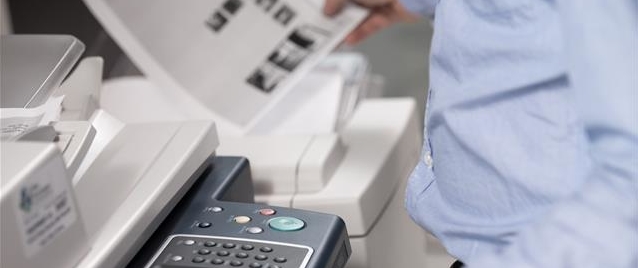Since the inception of paperless media like the e-book and electronic bills, an ongoing debate has developed about the environmental friendliness of Print vs. Digital Media. On the surface the question seems quite simple, but just like everything else in life the answer is more complicated then it appears.
 Paper is renewable, reusable, and recyclable plus it doesn’t use more energy to read and use the information. For example, printed books and magazines are shared and passed along for others to enjoy. The electronic versions viewed on e-readers, tablets, PCs, etc. all use battery energy to view. On the other hand electronic books do not kill trees and generate less transportation emissions. Electronics used in digital communication devices such as PCs, laptops and smartphones use coal burning energy, toxic batteries, and plastics and require special disposal. In order to calculate the greener solution one would have to go through a series of complex math formulas based on an absurd number of variables and assumptions in order to declare a winner.
Paper is renewable, reusable, and recyclable plus it doesn’t use more energy to read and use the information. For example, printed books and magazines are shared and passed along for others to enjoy. The electronic versions viewed on e-readers, tablets, PCs, etc. all use battery energy to view. On the other hand electronic books do not kill trees and generate less transportation emissions. Electronics used in digital communication devices such as PCs, laptops and smartphones use coal burning energy, toxic batteries, and plastics and require special disposal. In order to calculate the greener solution one would have to go through a series of complex math formulas based on an absurd number of variables and assumptions in order to declare a winner.
Electronic devices are better for communications needed instantly such as breaking news or when working within distributed workgroups. Paper documents are better for legal documents, contracts, and direct marketing. Since there are benefits to different forms of communication, let’s not debate which is best, but focus on improving the sustainability of all.
The bottom line is all communication whether digital or print uses energy in one form or another. The best thing we can do is try to minimize the impact on the earth with the technology we use. For electronic communication, make sure to set the devices to low power settings and turn them off when not in use. When printing your communication, reduce your carbon footprint by using the following suggestions:
1) Set the default mode of your printer to two-sided printing
2) Use N-Up printing
3) Download GreenPrint Software
4) Use certified sustainable paper products
5) Look for Energy Star Compliant printing devices
6) Consider Solid Ink Technology which uses cartridge-free solid ink sticks that translates into 90% less waste in the office environment than a comparable laser printer
7) Power off devices when not in use
Next time you receive an e-mail with a signature stating, “Think about the environment before you print this” take the opportunity to share what you know about the complexity of sustainable communication. You can do that here too. Tell us what you think.



It’s appropriate time to make some plans for the future and it’s time to be happy. I have read this post and if I could I want to suggest you some interesting things or advice. Perhaps you could write next articles referring to this article. I desire to read even more things about it!